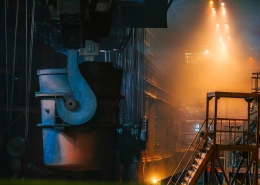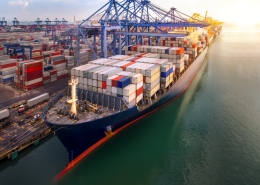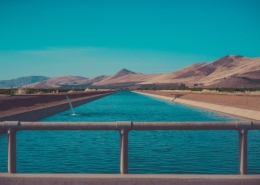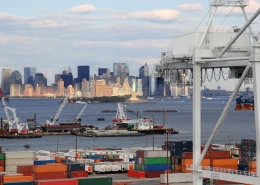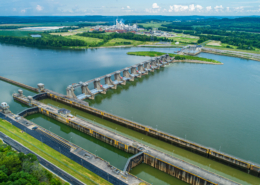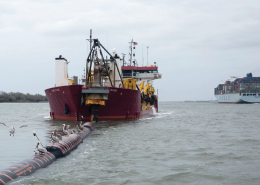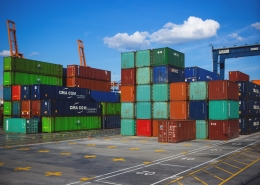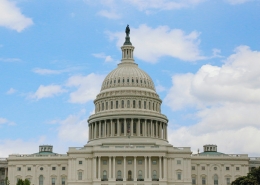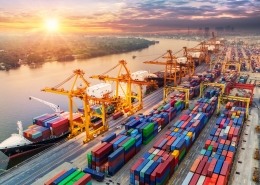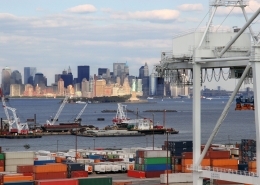It may not be immediately obvious, but some mass transit systems around the world are notable forums for artistic installations. The dedicated programs that exist in these places have the potential to provide an important boost to transit by furthering community engagement and enhancing the customer experience.
A global leader is London’s Underground rail system. London has a long, storied history of attention to style and artistic flourish. The Underground is the oldest rapid transit system in the world and, at its inception, was generally utilitarian in its operation. But starting in the early 1900s, agency director Frank Pick took on a complete revamp of the Underground’s design strategy. He commissioned the original circular roundel logo in 1916 and Harry Beck’s classic stylized Tube map in 1931. Variations of both graphic systems remain in use today. In his view, stylistic elements that made up the Underground should have been unified and synergized. His attention to iconography set an important precedent for the agency’s attitude towards transit art and heavily influenced other systems.
London’s relationship with transit art only deepened through the 20th century. The poster design program, which began in 1908, led to many iconic artistic collaborations. Unlike the text-heavy mode of railway advertisements that were dominant at the time, the poster program encouraged sleek, visual designs that promoted the Underground as an integral part of Londoners’ lives. Artists produced modernist illustrations, art deco takes, cubist renderings, and posters emblematic of various other artistic movements. Man Ray, the famous Dadaist-Surrealist, produced a minimalist poster presenting the Underground’s logo as a planet surrounded by darkness. As such, the system’s identity shifted with the times, helping it to feel modern and relevant.
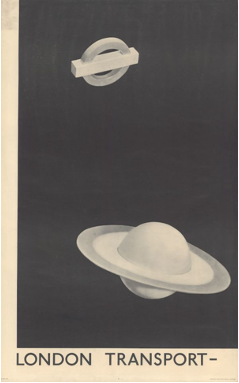
IMAGE CAPTION: Poster; London Transport, by Man Ray, 1938. https://www.ltmuseum.co.uk/collections/collections-online/posters/item/1983-4-5186
The artistic emphasis catalyzed by Frank Pick went beyond visual touches. His Poems on the Underground program began in 1986 and includes work by established and lesser-known writers. It directly influenced New York City’s Poetry in Motion campaign, which began in 1992 and is another aspect of a holistic vision to infuse art into transit customers’ experiences.
London’s modern imagining of transit art began in 2000 with the establishment of Platform for Art. Today, the initiative—now called Art on the Underground—is an important element of Mayor Sadiq Khan’s 2018 Culture Strategy to energize London’s arts scene. It is supported by a mix of funds from Transport for London, national arts programs, and private sector companies.
The program’s stated philosophy encourages site-specificity in pieces. Some pieces are designed to be temporary installations. Others are explicitly permanent, like Alexandre da Cunha’s “Sunset, Sunrise, Sunset,” installed in the Battersea Power Station in 2021. The work showcases a fluid, changing display of colors that echoes the flow of commuters and trains while paying homage to the former power station it lies beneath. Beyond the physical piece the work included a series of workshops and talks that explored the piece’s concept and expanded it to include local organizations hosting community gardens and photography walks. It was a concerted effort to ensure the work was not just a static piece but incorporated into the community.
IMAGE CAPTION: Alexandre da Cunha, ‘Sunset, Sunrise, Sunset’, 2021. Battersea Power Station Underground station. Commissioned by Art on the Underground. Courtesy Art on the Underground, the artist and Thomas Dane Gallery. Photo by GG Archard, 2022. https://art.tfl.gov.uk/projects/sunset-sunrise-sunset/
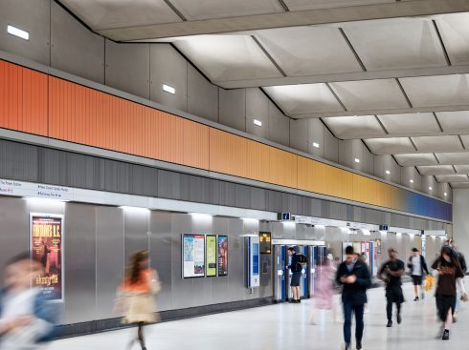
Another example of how commissioned artwork serve as a community building tool is a 2018 project by Meera Chauda. Six elementary school classes collaborated to create art in response to murals in a South London neighborhood. The art they produced was featured in the local Underground station. \This sort of interaction also helps to increase local feelings of ownership over transportation facilities.
Art on the Underground tends to be remarkably flexible with its commissions, and often invites artists to redesign neglected corners of the system. One prominent example is the Gloucester Road station, which has become the system’s flagship rotating installation space. In 2000, a station platform that lay unused since the 1970s opened as a new exhibition venue. Artists like Cindy Shermanhave since infused the space with site-specific work that offer visual respite and intellectual engagement during customers’ journeys. A sculptural piece by Monster Chetwynd, currently on display there until May 2024, incorporates histories of the aboveground Crystal Palace botanical garden in its representation of massive frogs and plants.
IMAGE CAPTION: Monster Chetwynd, ‘Pond Life: Albertopolis and the Lily’, 2023. Gloucester Road station. Commissioned by Art on the Underground. Courtesy Art on the Underground. Photo: GG Archard https://art.tfl.gov.uk/projects/pond-life-albertopolis-and-the-lily/
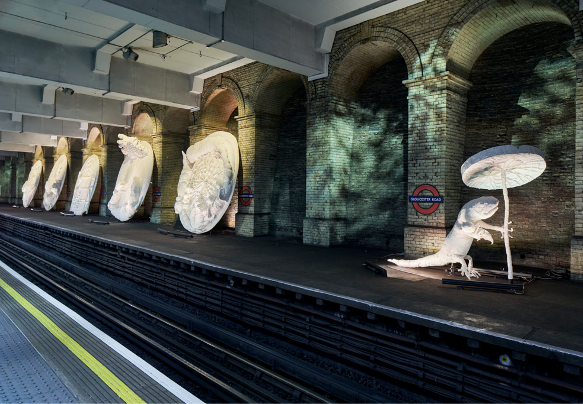
The initiative also operates rolling commissions for periodic projects. The paper Tube map, regularly reissued, features a new artist on each edition’s cover. The illustrations are strikingly different each time, but often incorporate graphic elements like color from the Underground’s broader design. They are diverse in impression but tend to maintain graphic consistency to the viewer. The rotating commission assists in keeping the system feeling fresh and updated. Additionally, the regular platform for artists ensures that there is a consistent opportunity for local artists to showcase their work. Another example of this approach is a single header wall in Brixton station that is frequently repainted by different artists, usually with local ties.
One reason for London’s success is the latitude Art on the Underground grants its artists when it comes to incorporating the agency’s graphic and physical infrastructure. For instance, one 2019 work by Larry Achiampong redesigns the Westminster station roundel to include the colors of the Pan-African flag. The permanent piece simultaneously serves as an artistic embellishment, social commentary, and a wayfinding tool. It also acts as an effort to make a minority group feel a greater sense of belonging on transit.
IMAGE CAPTION: Larry Achiampong, ‘PAN AFRICAN FLAG FOR THE RELIC TRAVELLERS’ ALLIANCE (UNION)’, 2022. Courtesy Art on the Underground, the artist and Copperfield, London. Photo: GG Archard, 2022 https://art.tfl.gov.uk/projects/pan-african-flag-for-the-relic-travellers-alliance-union

In the United States, agencies in New York, Chicago, Minneapolis, Washington, D.C. and San Francisco also institutionalized their transit art programs. However, federal laws passed in 2013 and 2015 heavily restrict the use of federal funds on commissioning art in transit infrastructure, forcing transportation agencies to seek alternative funding sources or downsize their programs.
Certainly, questions remain about the financial components of transit art programs. In the current economic climate, as the costs of transportation projects escalate and transit agencies face daunting fiscal cliffs, it is worth considering the costs and the benefits of investment in artistic pursuits. Surveys generally show that customers care the most about safety and system reliability above anything else. The extent that agencies spend scarce resources on artistic elements rather than system improvements, might warrant public criticism.
However, transit art projects could hold significant potential for enhancing the customer experience and deepening community ties. A 2018 report argues that transit art can be linked to social goals like increasing safety, organizing community members, and establishing local involvement in transportation projects. Transit art commissions can be opportunities for emerging artists to showcase their work and be financially compensated, helping a city’s art scene stay healthy. They might also improve customers’ perceptions of transportation and benefit local urban environments. Installations with more prominent artists attached can become landmarks in their own right. However, despite the steady growth of American transit art, there exists little substantive investigation into its attributes. Specific information on guidelines and best practices for agencies remains relatively slim.
IMAGE CAPTION:
“Subway Portraits” by Chuck Close at NYCT 86 Street station.
Photo: © Jeff Goldberg/Esto
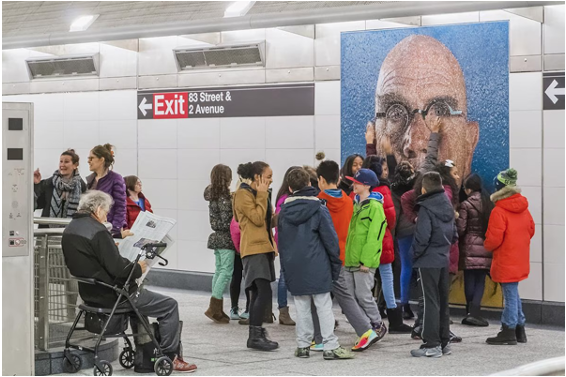
https://new.mta.info/agency/arts-design/collection/subway-portraits
One adjacent, informative realm is the field of airport art, which has also become a meaningful source of public installations. A 2020 Airport Cooperative Research Board report found that art can deepen a sense of place and increase comfort. For airports more specifically, it can act as a way to increase revenue via higher concessions spending and can be a way to facilitate community connections through local commissions. One shortcoming is a general lack of airport art master plans and engagement surveys. Similar to transit art, effectiveness of these programs generally remains unassessed.
Agencies need to consider the tradeoffs of art programs and advocates should analyze its mechanisms and opportunities. These programs might be a component of a transportation experience transformation, but they can also be another complex part of increasingly complicated project delivery. In London, Art on the Underground’s philosophy of artistic liberalism helps to enmesh it further into the symbology and landscape of the city it serves. Learning from London’s expansive, experimental art program might be a place to start.






